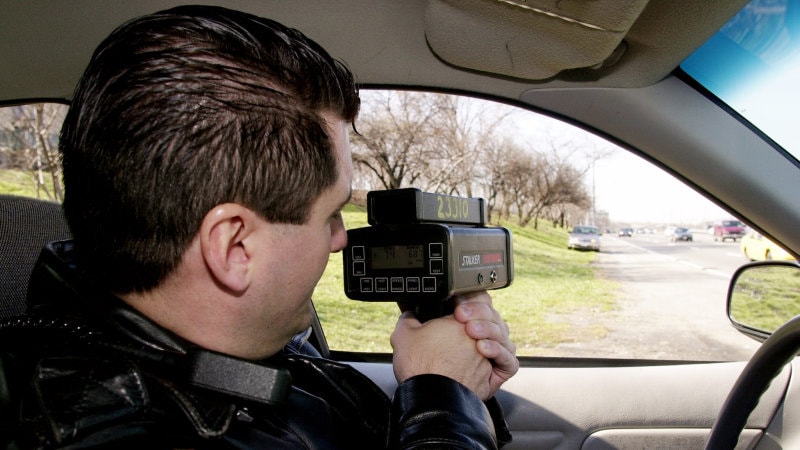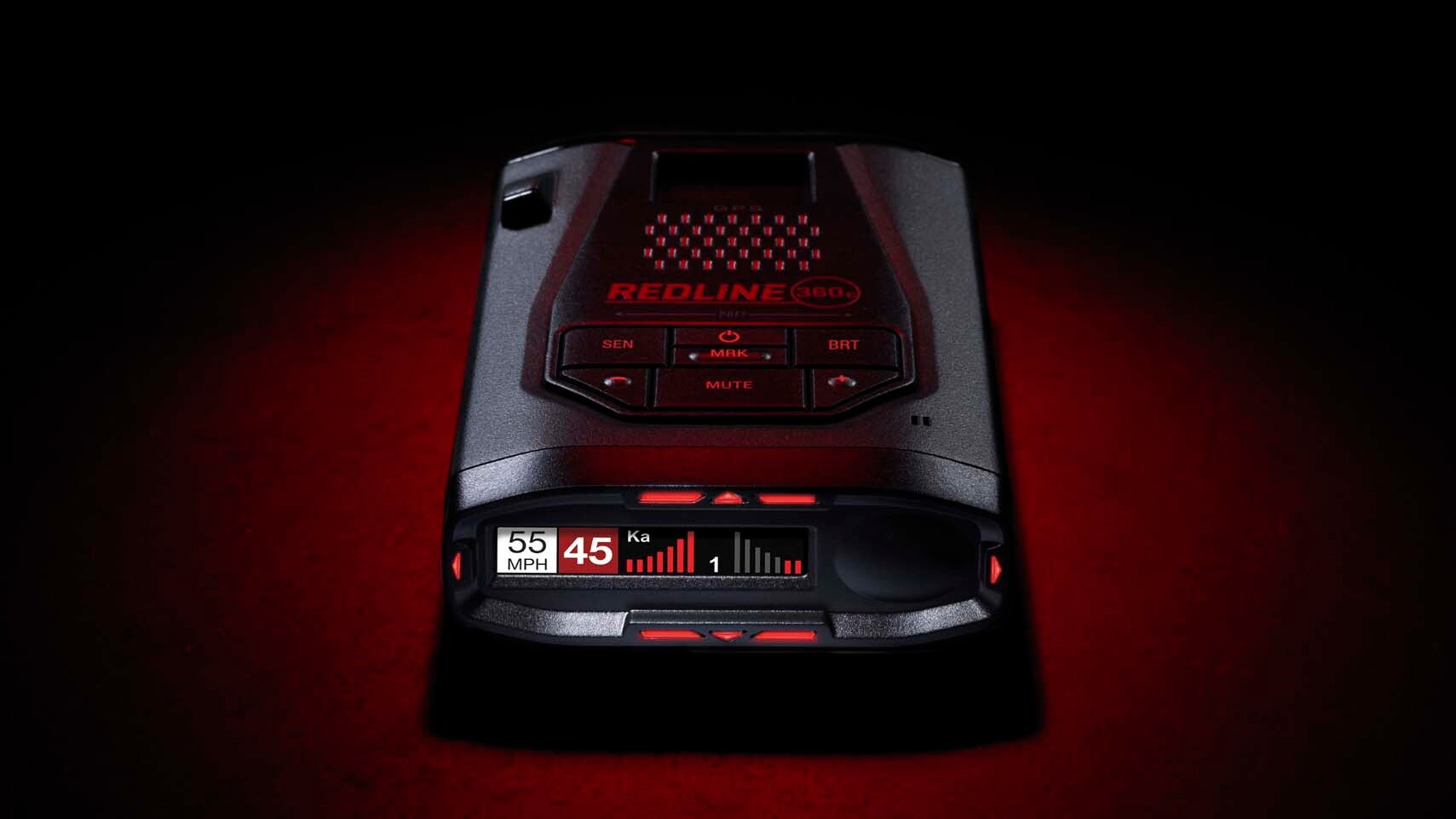
In the same year two British scientists were responsible for the most important advance made in the technology of radar during World War II. As a result he was appointed head of the Bawdsey Research Station in Felixstowe.īy the outbreak of the Second World War in September 1939, Watson-Watt had designed and installed a chain of radar stations along the East and South coast of England. It was called radar (radio detection and ranging). His idea was based on the bouncing of a radio wave against an object and measuring its travel to provide targeting information. Tizard was impressed with the idea and on 26th February 1935, Watson-Watt demonstrated his ideas at Daventry. This was presented to Henry Tizard, the chairman of the Committee for the Scientific Survey of Air Defence. In 1935 Watson-Watt wrote a paper entitled "The Detection of Aircraft by Radio Methods".

The first practical radar system was produced in 1935 by the British physicist Sir Robert Watson-Watt, and by 1939 England had established a chain of radar stations along its south and east coasts to detect aggressors in the air or on the sea. The first successful radio range-finding experiment occurred in 1924, when the British physicist Sir Edward Victor Appleton used radio echoes to determine the height of the ionosphere, an ionized layer of the upper atmosphere that reflects longer radio waves. Some years later a German engineer Chistian Huelsmeyer proposed the use of radio echoes in a detecting device designed to avoid collisions in marine navigation. Inherent in Maxwell’s equations are the laws of radio-wave reflection, and these principles were first demonstrated in 1886 in experiments by the German physicist Heinrich Hertz. Additionally, the trio used a Net Radar radar detector, a windshield-mounted Escort Max 360 radar detector, an AL Priority laser jammer system, and an aircraft collision avoidance system to help the record-setters monitor highway patrol aircraft.British physicist James Clerk Maxwell developed equations governing the behaviour of electromagnetic waves in 1864. This one was comprehensively modified and included an AMS Performance Alpha 9 package with upgraded turbocharges, intercoolers, and intake.
NET RADAR RADAR DETECTOR MOVIE
Other Cannonball News: Warner Bros Set To Relaunch ‘Cannonball Run’ Movie FranchiseĪs mentioned, the weapon of choice was a Mercedes-Benz E63 AMG but not just any E63.

Their average speed was 103 mph (165.7 km/h) and they only made four fuel stops completed in just 22 and a half minutes. On November 10, they left Red Ball garage on the east side of Manhattan and headed across their ‘northern route’ that included the I-80 through Nebraska, I-76 down to Denver, I-70 to the middle of Utah, and the I-15 to Los Angeles before crossing the finish line at the Portofino Hotel in Redondo Beach in L.A.

The three guys in question are Arne Toman, Doug Tabbutt and Berkeley Chadwick. As Road and Track details, setting this latest record wasn’t easy. It was back in 2013 when the coast-to-coast record across the United States was famously broken by Ed Bolian and Dave Black with a time of 28 hours and 50 minutes, a time which absolutely smashed the previous record of 31 hours and 4 minutes held by Alex Roy and Dave Maher.


 0 kommentar(er)
0 kommentar(er)
